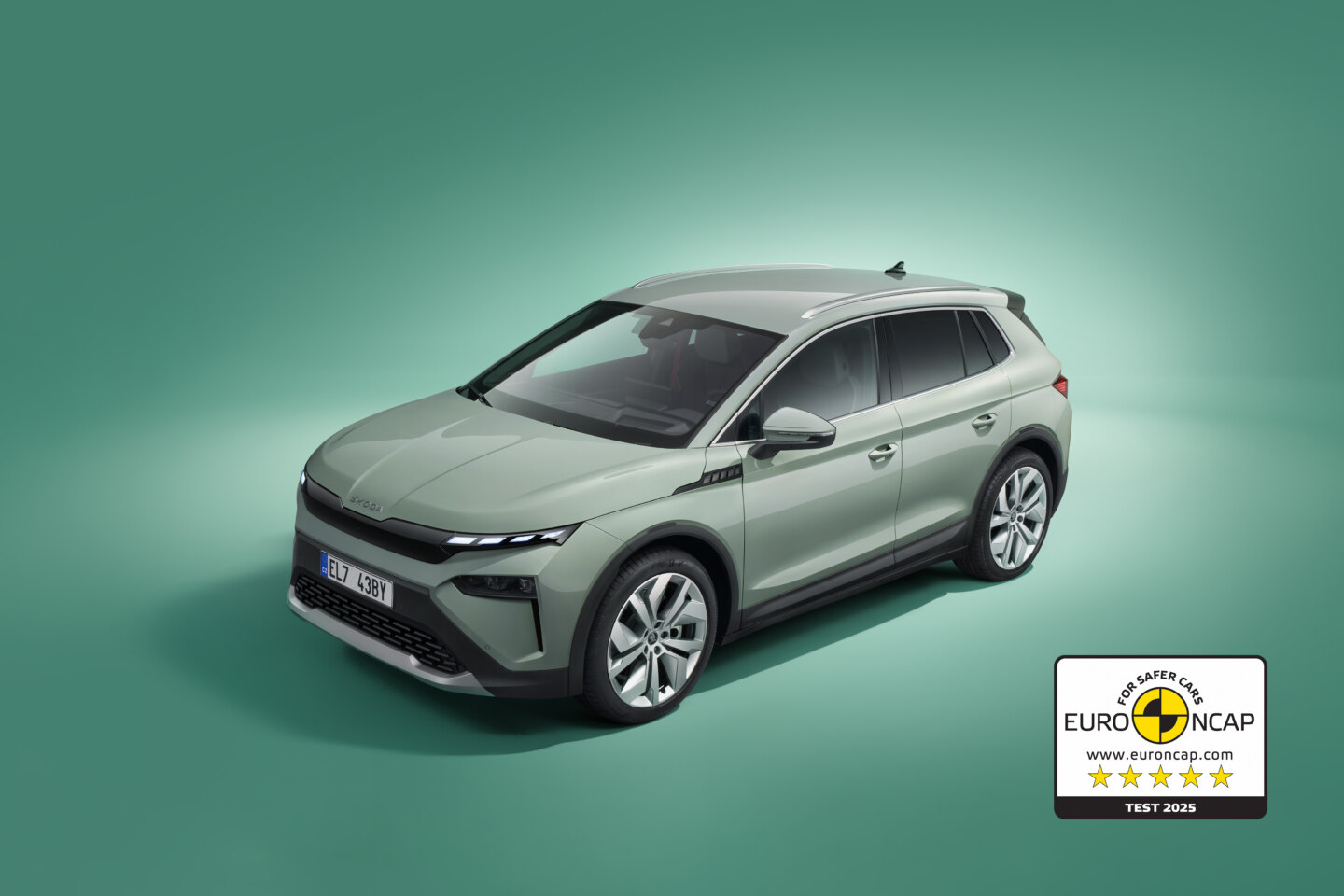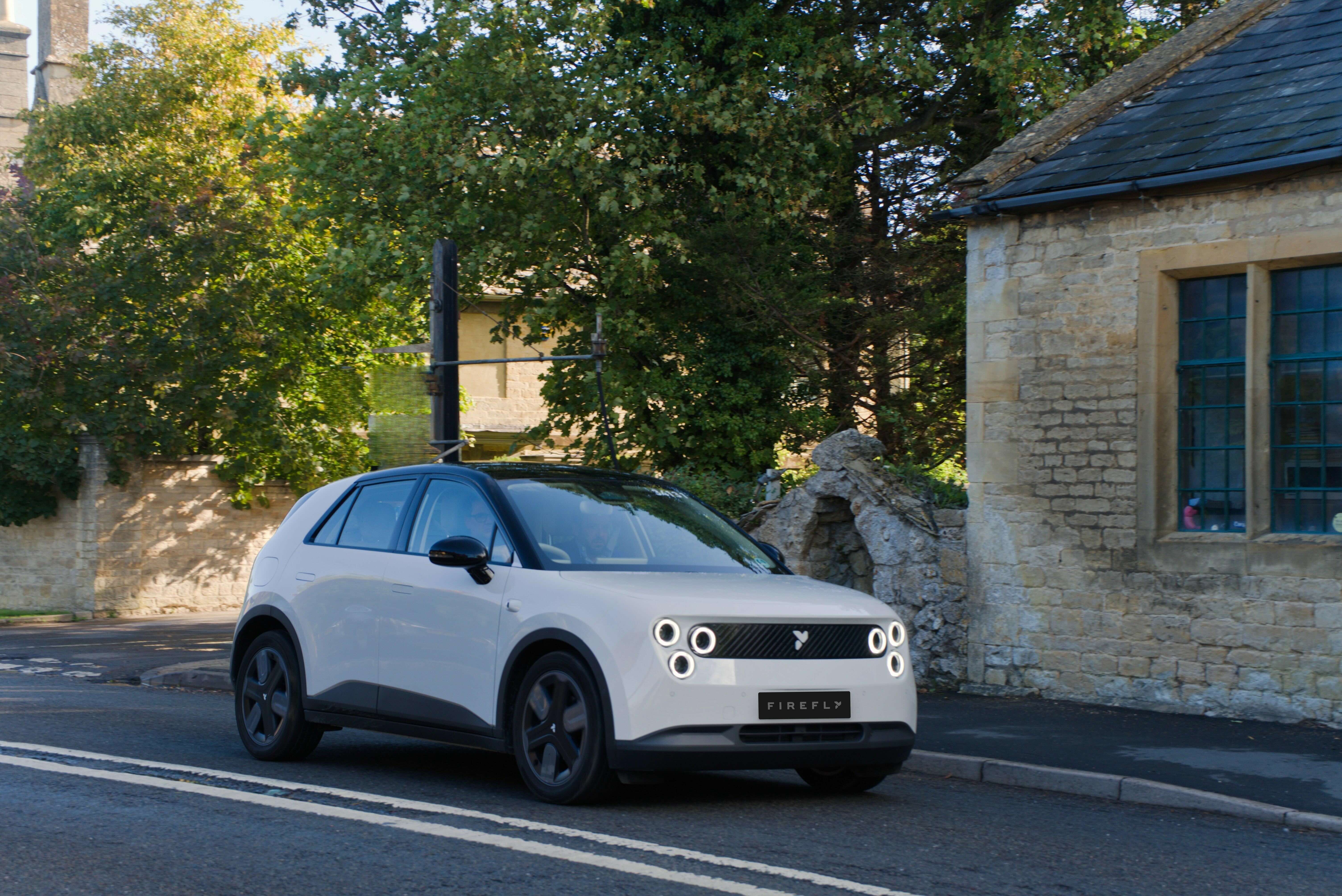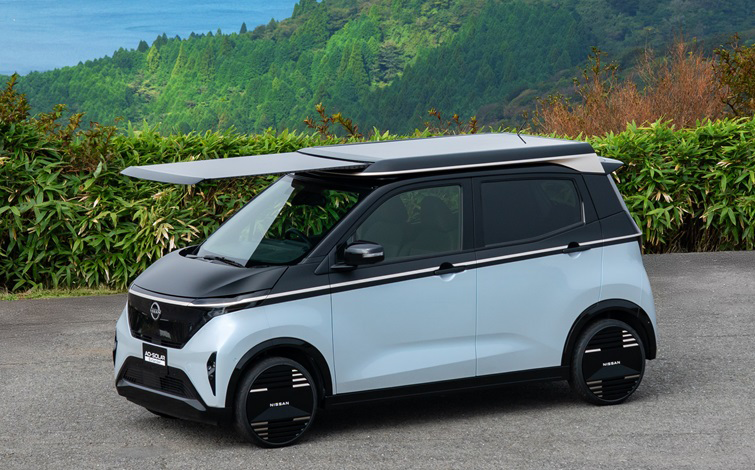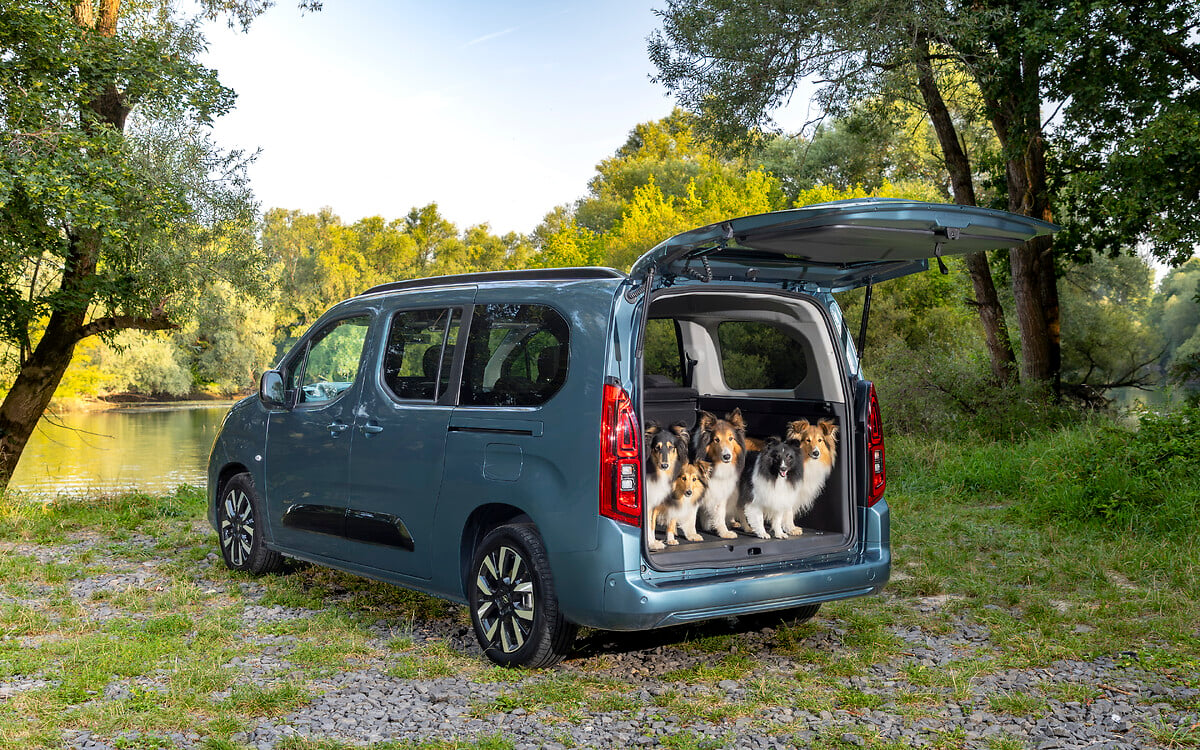SVOLT is a Chinese battery cell maker subsidiary of the giant Chinese automaker GWM (Great Wall Motors), that besides LFP (LiFePO4) and NCM is already producing NMx (LNMO) battery cells.
SVOLT has its NMx battery cells available in two different sizes. One size is compatible with Volkswagen MEB platform and the other size is a long cell - alternative to the BYD Blade battery.
SVOLT NMx battery cell (MEB compatible)
- Capacity: 115 Ah
- Voltage: 3,74 V
- Energy: 430 Wh
- Length: 220 mm
- Height: 102,5 mm
- Width: 33,4 mm
- Volume: 0,75317 L
- Volumetric energy density: 571 Wh/L
- Weight: 1,75 kg (estimation)
- Gravimetric energy density: 245 Wh/kg
- Cycle life: 3.000 cycles
- Cathode: LNMO (75 percent nickel and 25 percent manganese)
- Cost: 8 % cheaper than NCM
- Available: Q2 2021
Unfortunately for SVOLT, Volkswagen isn’t very serious about electric cars. Therefore, I don’t think that Volkswagen will use SVOLT NMx battery cells anytime soon, even if they are already available to order…
Examples of possible applications:
- In a 96s1p configuration (96 cells connected in series) the 400-volt battery pack will have a capacity around 41,3 kWh.
- In a 192s1p configuration (192 cells connected in series) the 800-volt battery pack will have a capacity around 82,6 kWh.
SVOLT NMx battery cell (L6 – BYD Blade alternative)
- Capacity: 226 Ah
- Voltage: 3,74 V
- Energy: 845 Wh
- Length: 574 mm
- Height: 118 mm (same height as BYD Blade cell)
- Width: 21,5 mm
- Volume: 1,456238 L
- Volumetric energy density: 580 Wh/L
- Weight: 3,52 kg (estimation)
- Gravimetric energy density: 240 Wh/kg
- Cycle life: above 3.000 cycles
- Cathode: LNMO (75 percent nickel and 25 percent manganese)
- Cost: 12,5 % cheaper than NCM
- Available: Q4 2021
This format is SVOLT’s alternative to the BYD Blade battery. In a 96s1p configuration (96 cells connected in series) the 400-volt battery pack will have a capacity around 81 kWh.
With module-less assembly and a GCTP (gravimetric cell-to-pack) ratio of 90 % the 81 kWh battery pack would weigh around 375 kg.

BYD Blade battery cell specs
- Capacity: 202 Ah
- Nominal voltage: 3,2 V
- Max charging voltage: 3,65 V
- Energy: 646,4 Wh
- Length: 905 mm
- Height: 118 mm
- Width: 13,5 mm
- Volume: 1,442 L
- Volumetric energy density: 448 Wh/L
- Weight: 3,92 kg (estimation)
- Gravimetric energy density: 166 Wh/kg
- Chemistry: LiFePO4 (LFP)

Anyway, both long battery cells from BYD and SVOLT were designed to be implemented in 400-volt systems. However, 800-volt systems are the future of electric cars and require twice as much battery cells connected in series than 400-volt systems. This means that BYD and SVOLT will probably release new thinner “Blade” battery cells to allow more cells to be connected in series in the same space.
Finally, I still want to see SVOLT’s NMx battery cells performing a nail penetration test to know if they are as safe as LFP cells - that won’t burn or explode even if punctured.

